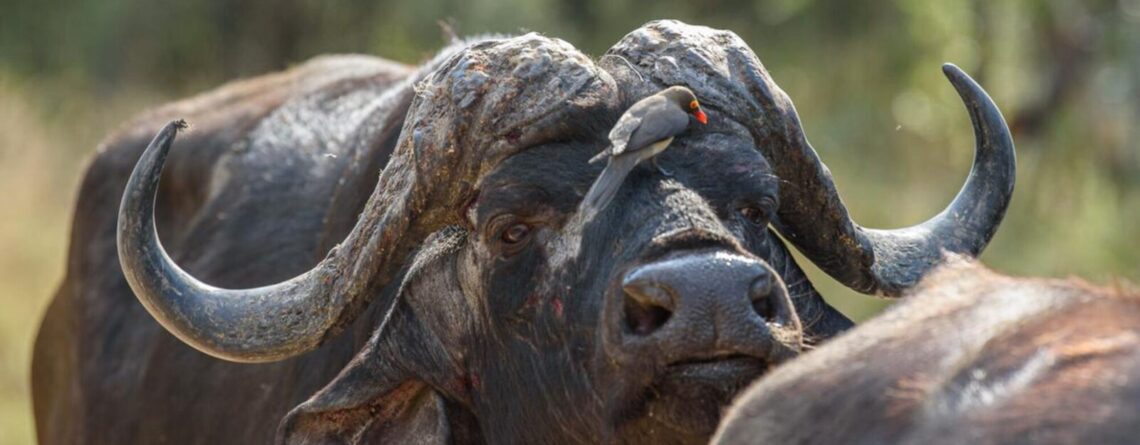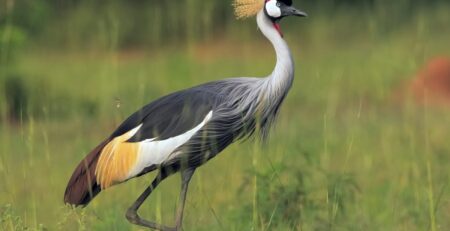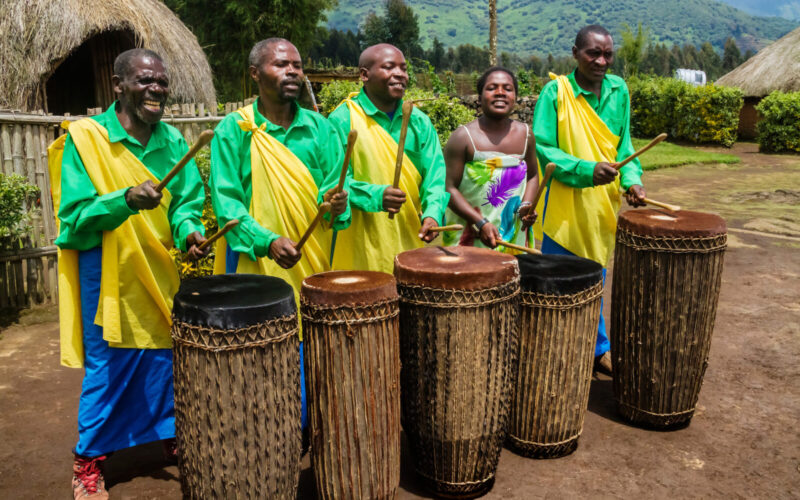10 Interesting Facts About the African Buffalo
The African buffalo, also known as the Cape buffalo, is one of the most fascinating and unpredictable animals in Africa. Known for its sheer power, intelligence, and resilience, this animal has earned a reputation as one of the “Big Five” and a symbol of the untamed wilderness. If you have ever thought about embarking on a safari, spotting the African buffalo in its natural habitat is an unforgettable experience. Below, I’ll take you through ten interesting facts that reveal why this remarkable animal continues to amaze researchers, conservationists, and travelers alike.
1. A True Member of the Big Five
The African buffalo is one of the famous Big Five animals, a term originally coined by hunters who considered them the most difficult and dangerous animals to track on foot. Today, they remain one of the most sought-after sightings for safari-goers, often moving in herds that dominate the landscape with their sheer numbers and presence.
2. Four Distinct Subspecies
Although most people picture the large, dark Cape buffalo, there are actually four recognized subspecies across Africa: the Cape buffalo of southern and East Africa, the forest buffalo of Central and West Africa, the West African savanna buffalo, and the Central African savanna buffalo. Each varies in size, horn shape, and habitat preference, making the species more diverse than many travelers realize.
3. Incredible Herd Behavior
Buffalo are social animals, living in herds that can range from a few dozen individuals to thousands during the dry season when resources are scarce. Their herding instinct provides safety in numbers, and they often work together to fend off predators, creating one of the most impressive displays of teamwork in the animal kingdom.
4. The Power of the Horns
One of the buffalo’s most striking features is its set of horns. In mature males, the base of the horns fuse to form a bony shield known as a “boss,” which is used in battles for dominance. These horns are not only a weapon against predators like lions but also a symbol of rank and power within the herd.
5. A Reputation for Danger
The African buffalo is considered one of the most dangerous animals in Africa, responsible for more injuries and deaths of hunters than many other species combined. They are unpredictable and, when threatened, have been known to charge at incredible speed, making them both respected and feared.
6. Lions Are Their Greatest Predators
Despite their strength and numbers, African buffalo often fall prey to lions, which are their main natural predators. Lion prides sometimes take down even the largest bulls by hunting cooperatively. Interestingly, buffalo do not always accept defeat easily—there are documented cases where herds have turned on lions and rescued a member from their grip.
7. Excellent Memory and Intelligence
Buffalo are highly intelligent animals with a strong memory. They are known to remember locations of water sources over long distances and even recognize human threats. In some regions, buffalo have been observed avoiding areas where hunters once attacked them, proving their sharp survival instincts.
8. Lifespan and Strength
In the wild, African buffalo can live up to 20 years, with some reaching even longer under protection in reserves. They are incredibly strong and resilient animals, capable of running at speeds of up to 57 kilometers per hour (35 mph), which makes them hard to outrun for predators or humans alike.
9. Vital to Ecosystems
Buffalo play a crucial role in maintaining Africa’s ecosystems. By grazing in large herds, they help control vegetation growth, open up grasslands for smaller animals, and provide prey for large carnivores. Their dung also enriches the soil, creating a balanced environment for plants and insects.
10. Symbolism and Cultural Importance
Across Africa, the buffalo is a symbol of strength, persistence, and resilience. In some cultures, it is respected for its bravery and association with survival in harsh conditions. For safari travelers, seeing a herd of buffalo sweeping across the savanna is more than just a sighting—it is an encounter with one of Africa’s most powerful natural icons.




